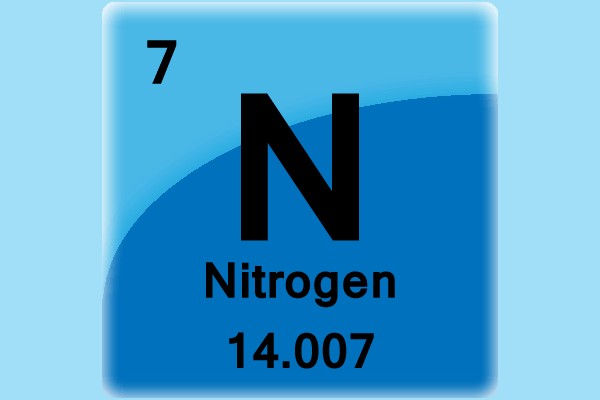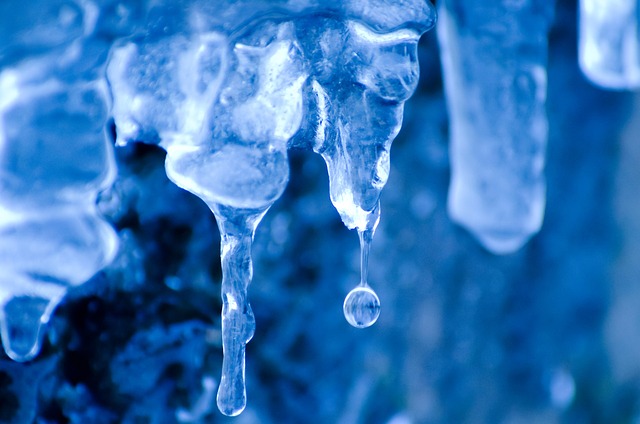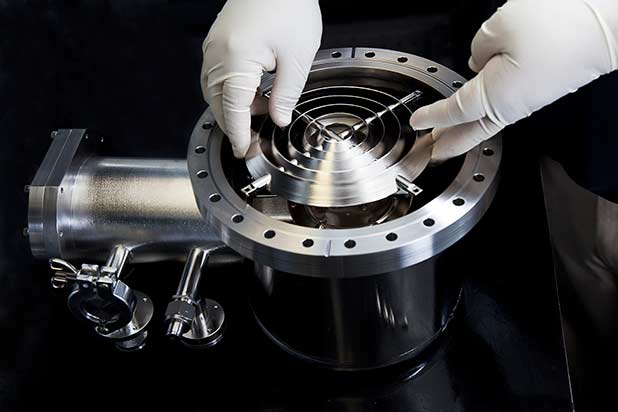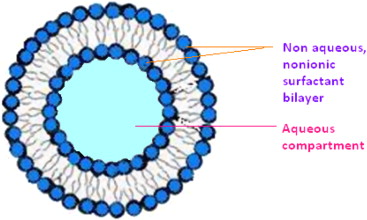Laboratory Cleaning: Eliminating Residual Nitrogen
If your concern is residual nitrogen interfering with analysis, we recommend Liquinox® Critical Cleaning Liquid Detergent. Liquinox is phosphate-free and is completely free-rinsing.
Clean in Place “Hacks” for Water Spots
A: A two-step cycle with a base followed by an acid, whether it be CIP cleaning or in a large scale liquid dispensing system washer, is a robust and, when needed, is a recommended process. Water spots typically occur because of two main mechanisms….
Going Green with Cold Cleaning
Q: We are a large biotech and in an effort to go green with our cleaning, we are exploring cold cleaning (cleaning with cold water) using your detergents. A: Cold cleaning is a very reasonable approach for energy conservation, and in short, its effectiveness depends on the details of the application.
Ultra high vacuum compatible cleaning
Q. Can Liquinox be used to remove residues from stainless steel for ultra high vacuum compatible cleaning? A. Yes, Liquinox has been used
What is a Surfactant?
Q. What is a surfactant? A. Surfactant is short for “surface active agent,” it is an organic molecule with a hydrophobic (water-hating/oil-loving) end and a hydrophilic (water-loving) end.




